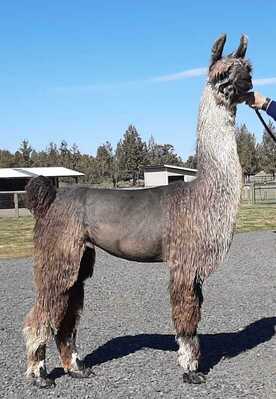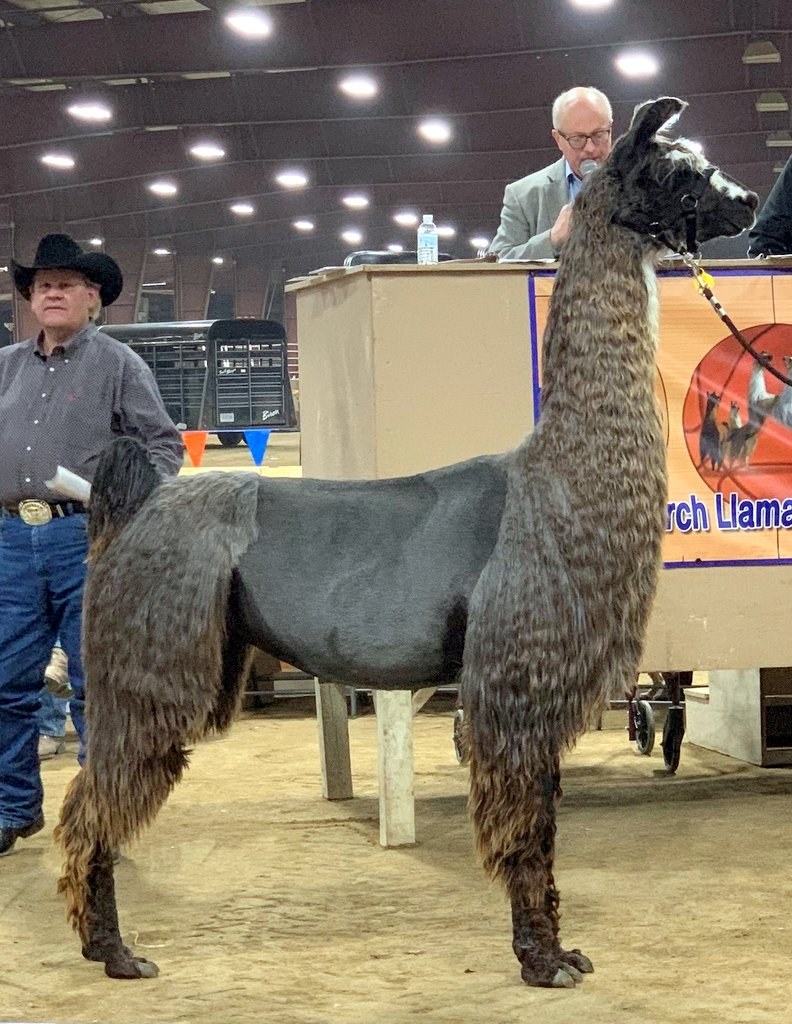|
As this memorable year winds down we wanted to pause and take a look at 2020's llama auction results. Interest in llamas continues to be strong. Anecdotally, we hear from breeders all the time that they are sold out and continue to receive inquiries, our personal experience supports that as well. Demand continues to outpace supply. But did the up-and-down 2020 economy have an effect on auction prices? In this post we'll share some 2020 statistics and how they compared to results from 2019. The average for female llamas selling at auction in 2020 was $3,142 The average for male llamas selling at auction in 2020 was $1,611 The average for females under 2 years of age was $3,711 The average for females between 2 and 10 years of age was $2,772 The average for females over 10 years of age was $2,157 The average for males under 2 years of age was $1,853 The average for males between 2 and 10 years of age was $1,150 One male over 10 years was offered, selling for $1,000 **In calculating our averages we did not exclude buybacks. Our 2020 statistics did not include results from the Millennium Magic sale in Michigan, as results were not published by show management. For the female average dams selling with female babies at side were counted as two lots, females with male babies at side were counted as one lot. In 2020 83 llamas sold at auction.
In 2019 197 sold at auction. The Pistachio Farms herd reduction sale, MSF production sale, and Floyd Zopfi dispersal inflated numbers, as these are not regular sales and they all occurred in the same year.
I have a theory that this strange year might lead to a real explosion in the llama business. Throughout the various lockdowns I have thanked my lucky stars that I live on my little farm, with my llamas, and not on a lot in town or an apartment. I wonder how many people plotting to move out of their metropolitan apartment to get out into the country have added "buy some llamas" to their wish list. They have seen llamas on everything from cereal boxes to t-shirts, seen local news stories about llama treks, read articles about Caesar the No Drama Llama (or some other celebrity PR llama), and when they visit a farm they'll see first hand how much llamas can improve their daily lives. No one can say for sure what 2021 will bring, but I'll continue to say that llamas are a better investment than the stock market.
Click here to see our 2021 Llama Market Report
0 Comments
Your comment will be posted after it is approved.
Leave a Reply. |
AuthorKyle Mumford is a third generation llama owner, and his family has owned llamas since 1980. Kyle and his wife Jerrika have a herd of approximately 25 llamas in Southwest Washington. Categories
All
|


 RSS Feed
RSS Feed